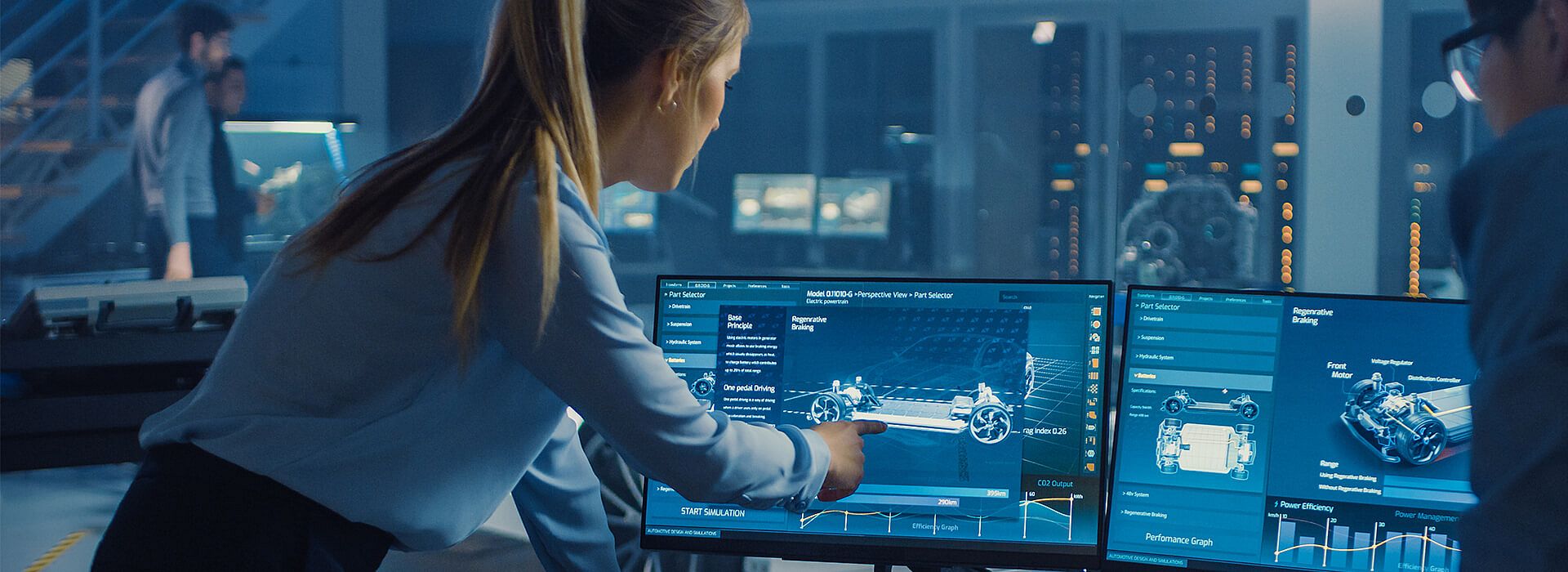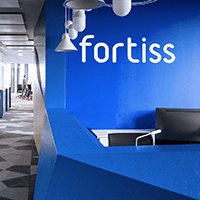Machines are increasingly becoming networks of self-learning teams that solve tasks in a completely autonomous manner. While this trend creates new challenges for the participating systems, which must interact safely and efficiently with one another, it also yields a wide range of new application possibilities for German industry.
In the joint project “Collaborative Embedded Systems” (CrESt), 23 partners from industry and science joined forces to conduct research into new techniques and methods for use in the efficient development of collaborative embedded systems and suitable architectures. In order to make their complexity manageable, it has proven to be a good idea to use models for the development of embedded systems. This included approaches such as SPES (software platform embedded systems), which is already being utilized by several companies in Germany.
Using SPES as a foundation, a team from the fortiss Model-based Systems Engineering field of competence examined novel development methodology approaches that to date have not been covered by static architecture techniques and methods. Non-functional characteristics, such as safety and security, must be maintained by the participating systems and the resulting networks in a wide range of different scenarios. To ensure that this approach works in flexible system environments, the fortiss scientists examined safety argumentations that could be adapted to the operational context of the system. The goal was to develop methodological building blocks to solve challenges - such as uncertain context or the capability to adapt - within various domains such as the automobile industry, manufacturing, energy or robotics.
To be competitive on an international basis in the future, it’s of utmost importance that German industrial companies find an avenue to these technologies. With this in mind, CrESt-related projects are already being planned. This includes examining other application scenarios such as autonomous vehicles that dynamically form networks with other traffic participants and the infrastructure, as well as preparing the project results for utilization with industrial applications.
These research activities were financed for a total of three years by the German Federal Ministry for Education and Research (BMBF). Apart from the Technical University of Munich, Bosch, Siemens, Assystems, FEV, Bertrandt and other leading German research institutes and universities in this field. A virtual event to mark the conclusion of the CrESt project will be held on Friday, October 16 from 10:00 am to 4:00 pm where the main results of the project and application demonstrators will be presented via live stream.


